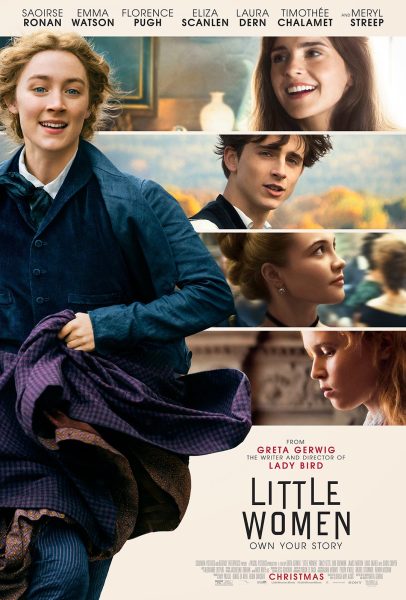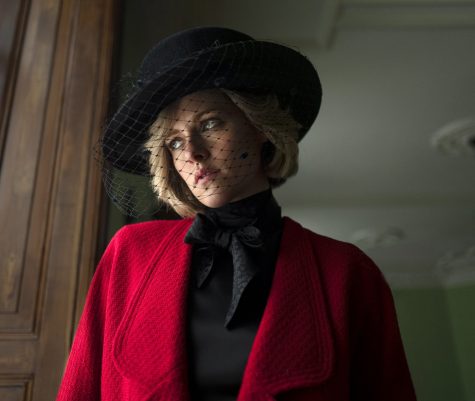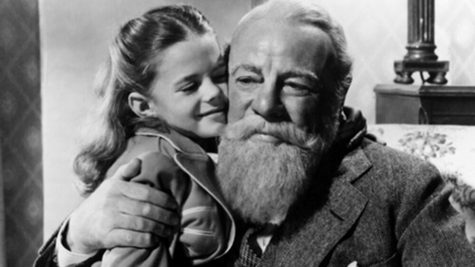Emily in Paris: everything wrong with the show, and why you should watch it anyway
November 2, 2020
The new hit drama on Netflix, Emily in Paris, follows the young American Emily Cooper (played by Lily Collins), who accepts a position at a management firm in Paris, despite her inability to speak French. Emily navigates the cultural differences of the new country, establishes herself in a new workplace, experiences the wonders of Paris, all the while broadcasting her new life on social media. The show is full of romantic escapades, workplace drama, and (mildly cliché) self-discovery. Since the October 2 release date, Emily in Paris has risen to #5 on Netflix’s top ten list, and has been received both negatively and enthusiastically by viewers. Director Darren Star follows the blueprint of his previous show, Sex and the City, through business conflicts, lavish parties, and endless drama.
Emily in Paris has been criticized for its embarrassingly American perspective, as well as the stereotyping that forms the foundation of the show’s entire plot. The French are portrayed as blunt and unfriendly, and Emily as clueless and self-centered. However, most of the stereotyping is cliché and relatively harmless. Phrases like ‘je ne sais quois’ and ‘avant-garde’ are thrown around a few too many times, but the over-the-top nature only highlights the tension between Emily and her new world. The delightful extravagance of the Netflix original redeems the obvious flaws. Emily in Paris is well worth a watch. Here’s why:
I’ll start off by admitting that Emily in Paris is hyper-unrealistic, although undeniably beautiful. Emily arrives in Paris with no linguistic abilities, and frustratingly naive expectations about her work and her new life. Her lack of language skills however, ceases to be a problem after two episodes or so, when Paris magically starts speaking English exclusively for her (and, conveniently, for the show’s American audience). Emily’s Paris is also portrayed without the grime and bustle of the real city. Instead, the show takes place exclusively in front of Paris’s glittering landmarks and famous buildings, with little depiction of neighborhoods where everyday people live and work.
Despite the lack of realism in Emily in Paris, the show is dangerously entertaining. In fact, the romanticism of Paris and borderline-ridiculousness is part of what makes it so fun. Who can resist a rose-colored perspective of the City of Love? Emily’s life is glamorous: viewers are swept on to the streets of Paris and it’s beautiful. It’s plot-driven to the point that it’s hard to turn off, for fear that you might miss the next business deal Emily secures, or an exciting new love interest. Emily in Paris is lighthearted, and perfect for those lazy Saturdays or a quick distraction before bed.
In some ways, Netflix preys on the quarantine mindset of many viewers: everyone wants to live in Paris, especially when they’ve been stuck at home for seven months. The success of the Netflix original can be attributed to its escapist nature, and the romanticism of a foreign city. One of my friends described Emily in Paris as one of those shows that people “love to hate”. I can’t help but argue that critics are simply evaluating it wrong. Emily in Paris is flawed, but the show is lighthearted and entertaining, which is everything it needs to be right now.
Emily in Paris is streamable on Netflix. For more entertainment and student reviews check out the ‘REVIEW’ section on bhsregister.com.















